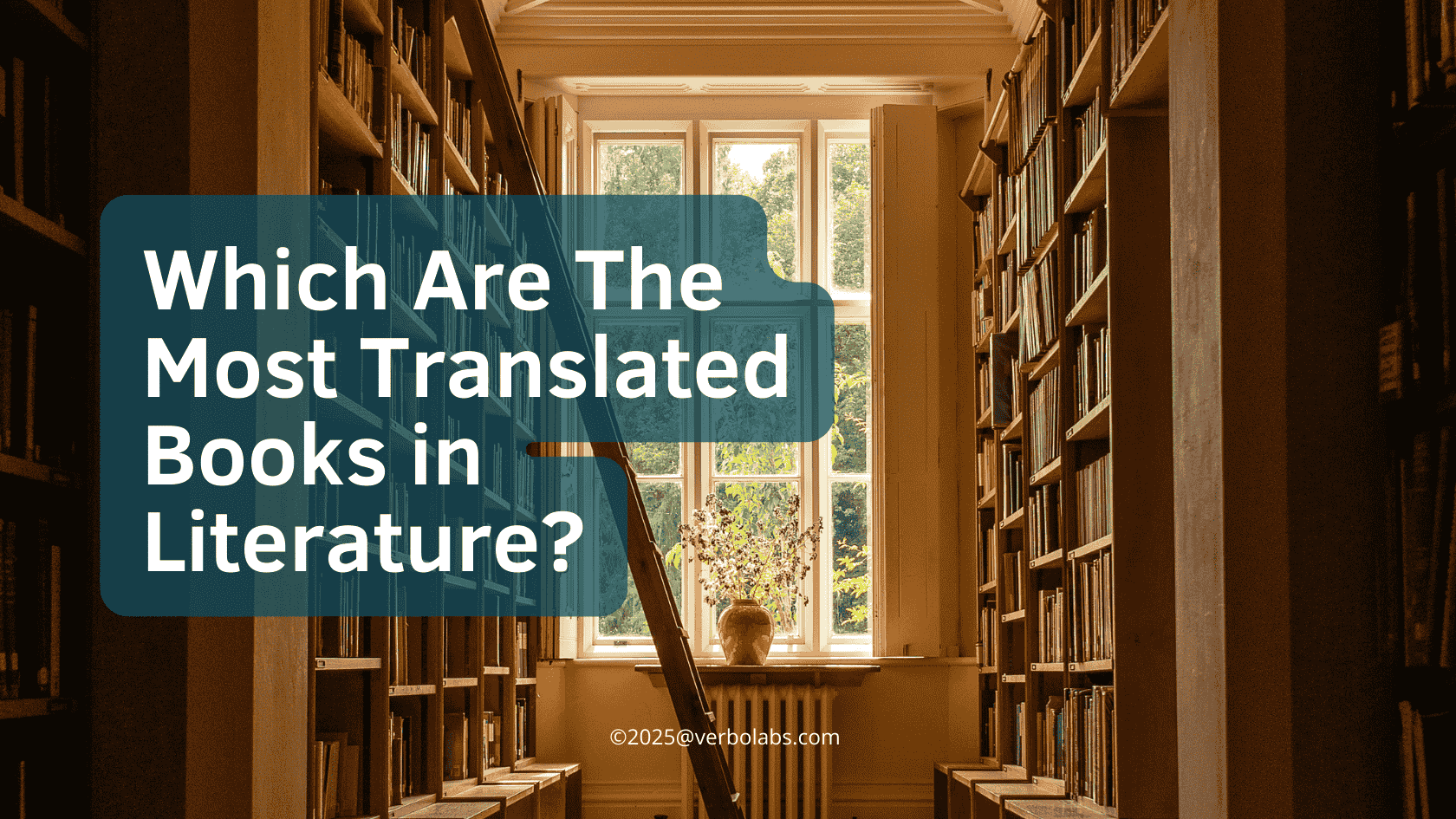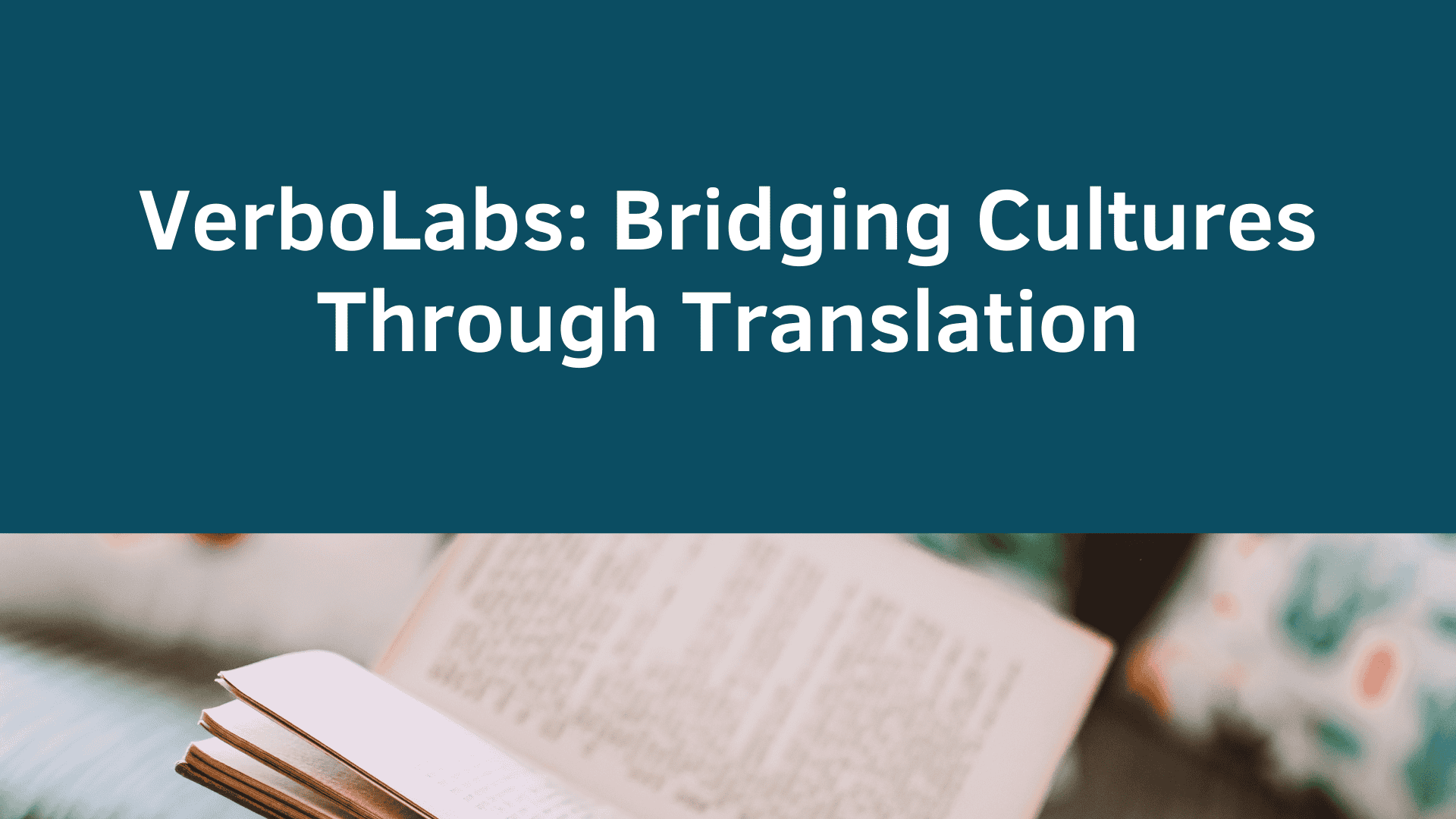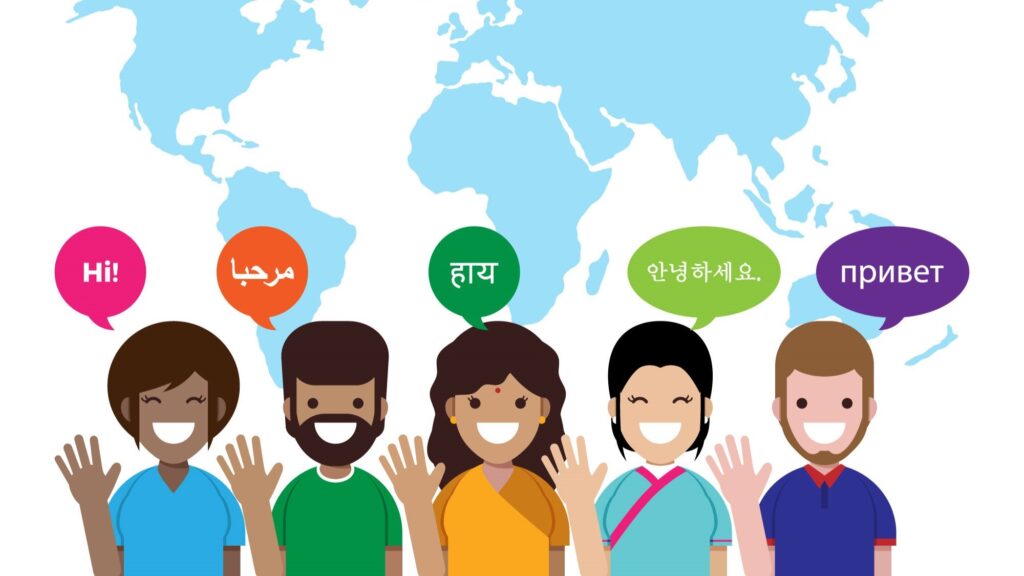
Translation has long been a bridge that connects readers across cultures, opening doors to masterpieces that might otherwise remain confined to their native language. From classic epics to contemporary novels, literary translation ensures that stories travel beyond geographical and linguistic boundaries. Today, thanks to modern translation services and advanced tools, global readers can explore the brilliance of authors from every corner of the world, especially through the Most Translated Books in Literature that continue to inspire millions.
At VerboLabs, we understand the importance of accurate, culturally adapted translations that preserve the soul of a book. Literature isn’t just about words—it’s about emotions, context, and culture. Let’s explore some of the most translated works in world literature and why translation plays such a vital role in their success.
The Importance of Translation in Literature
Translation is more than just word-to-word conversion. It involves capturing tone, cultural elements, and the deeper meaning of the original text. Without translation, readers would be deprived of global classics such as Don Quixote, The Little Prince, or One Hundred Years of Solitude.
For instance, when Premchand’s Godan was translated into English, it didn’t just bring rural Indian struggles to light—it helped global readers understand socio-economic issues still relevant today. This is the power of translation: it makes literature timeless, borderless, and accessible.
Businesses, too, benefit from this principle. Just as books reach wider audiences through translation, brands expand globally through professional translation services that adapt content for different cultures.
Famous Translated Books in Literature
Some of the Most Translated Books in Literature have shaped cultures and connected readers worldwide. These works highlight the power of translation in sharing stories across borders. Here is the list of top translated books that continue to inspire generations of readers.
1. Godan by Munshi Premchand (Hindi → English)
Originally published in 1936, Godan portrays rural poverty, exploitation, and the struggles of peasant families in India. Its English translation by Jai Ratan and P. Lal introduced global readers to Premchand’s genius. Even today, its social commentary feels strikingly relevant.
Practical Example: Universities abroad use Godan as part of South Asian literature courses, proving how translation sustains cultural dialogue.
2. Cobalt Blue by Sachin Kundalkar (Marathi → English)
This novel explores themes of gender, sexuality, and family dynamics. Jerry Pinto’s English translation captures the emotional depth of the original Marathi text, allowing it to resonate with international audiences.
Modern Relevance: With rising discussions on inclusivity and identity in literature, translations like this play a crucial role in creating global awareness.
3. Wayward Heroes by Halldór Laxness (Icelandic → English)
Published in 1952, this Icelandic classic satirizes medieval sagas and their glorification of war. The author, a Nobel Prize laureate, gained international readership through Phillip Roughton’s English translation.
Example: Today, Iceland’s literary tourism highlights authors like Laxness, made globally recognized through translations.
4. Mysteries by Knut Hamsun (Norwegian → English)
A fascinating tale about a mysterious man in a Norwegian town, this novel was translated by Sverre Lyngstad. Translation helped secure Hamsun’s place in world literature, making his psychological depth available to non-Norwegian readers.
5. Stone Upon Stone by Wiesław Myśliwski (Polish → English)
This epic novel captures modernization in rural Poland. Translated by Bill Johnston, it became accessible to international readers, winning accolades for its storytelling richness.
6. Zama by Antonio di Benedetto (Spanish → English)
First published in 1956, Zama gained global recognition decades later when Esther Allen translated it into English. Now celebrated as a Kafkaesque existential masterpiece, it illustrates how translation can revive forgotten classics.
7. Hangwoman by K. R. Meera (Malayalam → English)
Originally titled Aarachaar, this novel addresses media, justice, and social norms. Its translation made it one of the most widely read Malayalam works internationally, selling over 83,000 copies.
Why Translation Matters Today
The examples above prove that translation is vital not only for preserving literature but also for making it accessible worldwide. In today’s digital era, AI tools assist translators, but human expertise remains irreplaceable when it comes to retaining cultural essence and emotional resonance.
Just as literature thrives on translation, businesses rely on localization and professional translation services to expand globally. Whether it’s a bestselling novel or a brand entering a new market, accurate translation makes the difference between being understood—or misunderstood.
VerboLabs: Bridging Cultures Through Translation

At VerboLabs, we specialize in translation and localization services that ensure accuracy, cultural sensitivity, and global reach. Our team has worked across industries—from literature and media to business and technology—helping clients connect with audiences worldwide.
Whether you’re an author aiming to share your book globally or a business seeking international growth, VerboLabs ensures your message stays authentic across languages.
Final Thoughts
From Godan to Zama, the world’s most translated books prove how translation keeps literature alive across time and borders. With the right expertise, words can transcend boundaries and connect hearts, cultures, and ideas.
If you want your content, book, or brand to achieve the same global reach, partner with VerboLabs—your trusted partner in translation and localization.

Bring your stories and content to global audiences. Partner with VerboLabs for expert translation and localization services.



